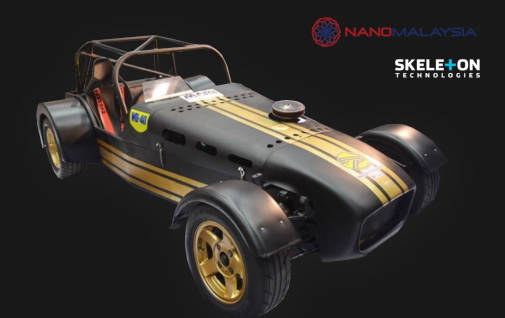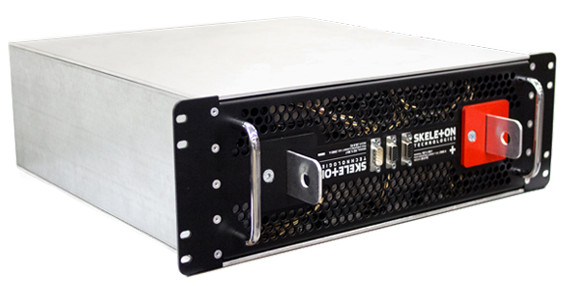Super caps boost fuel cell racing car
by Steve BushGerman supercapacitor maker Skeleton Technologies us helping NanoMalaysia to develop a hydrogen-paired electric racing car in Malaysia

The project has been running for several months and is expected to be completed in the second half of June, according to Skeleton.
Hydrogen-Paired Electric Racecar (HyPER) is to be powered by NanoMalaysia’s ‘hydrogen and hybrid energy storage system (H2SS) – which combines:
- Li-ion batteries
- graphene-based supercapacitor (‘ultracapacitor’ for Skeleton)
- fuel cell stack
- on-board hydrogen generation
Skeleton gave Electronics Weekly some of the vehicle’s vital statistics:
- 10kW PEM fuel cell with on-board hydrogen generation
- Weight ~720kg
- Max power 33.5hp (~47hp / tonne)
- estimated top speed ~100km/h
Although this project is focused on the motorsports industry, said Skeleton, it will also provide opportunities in terms of business and human capital development related to renewable energy for the automotive and transportation sectors as well as applications in other industries in Malaysia. “The main issue with electric vehicles being the lack of charging infrastructure and long charging time, fuel cell electric vehicles can reduce charging time significantly, to as little time it currently takes to fill in petrol,” claimed.

SkelMod 102V is the capacitor used. It operates up to 102V and can hold 127Wh. Max current delivery is >2.6kA (1s).
It is approx 500 x 480 x 150mm and 30kg.
The project was initiated by NanoMalaysia CEO Rezal Khairi Ahmad.
Little more has been revealed about H2SS. Last October, Handal Energy said that it has signed a deal with NanoMalaysia to develop HyPER in Malaysia, along with Pulsar UAV, MNA Energy and Wheelspin Motorsports, where Wheelspin Motorsports would create the vehicle part.